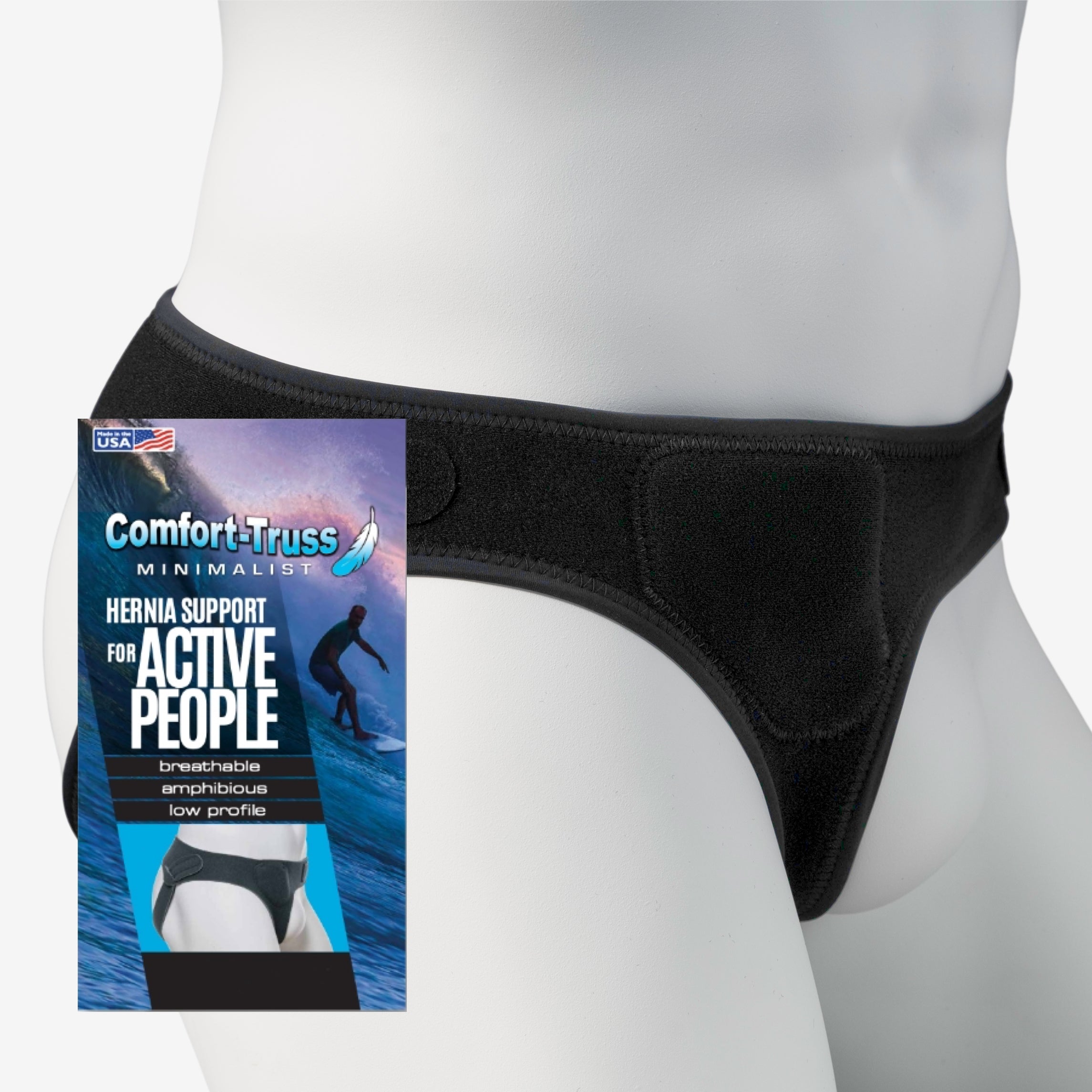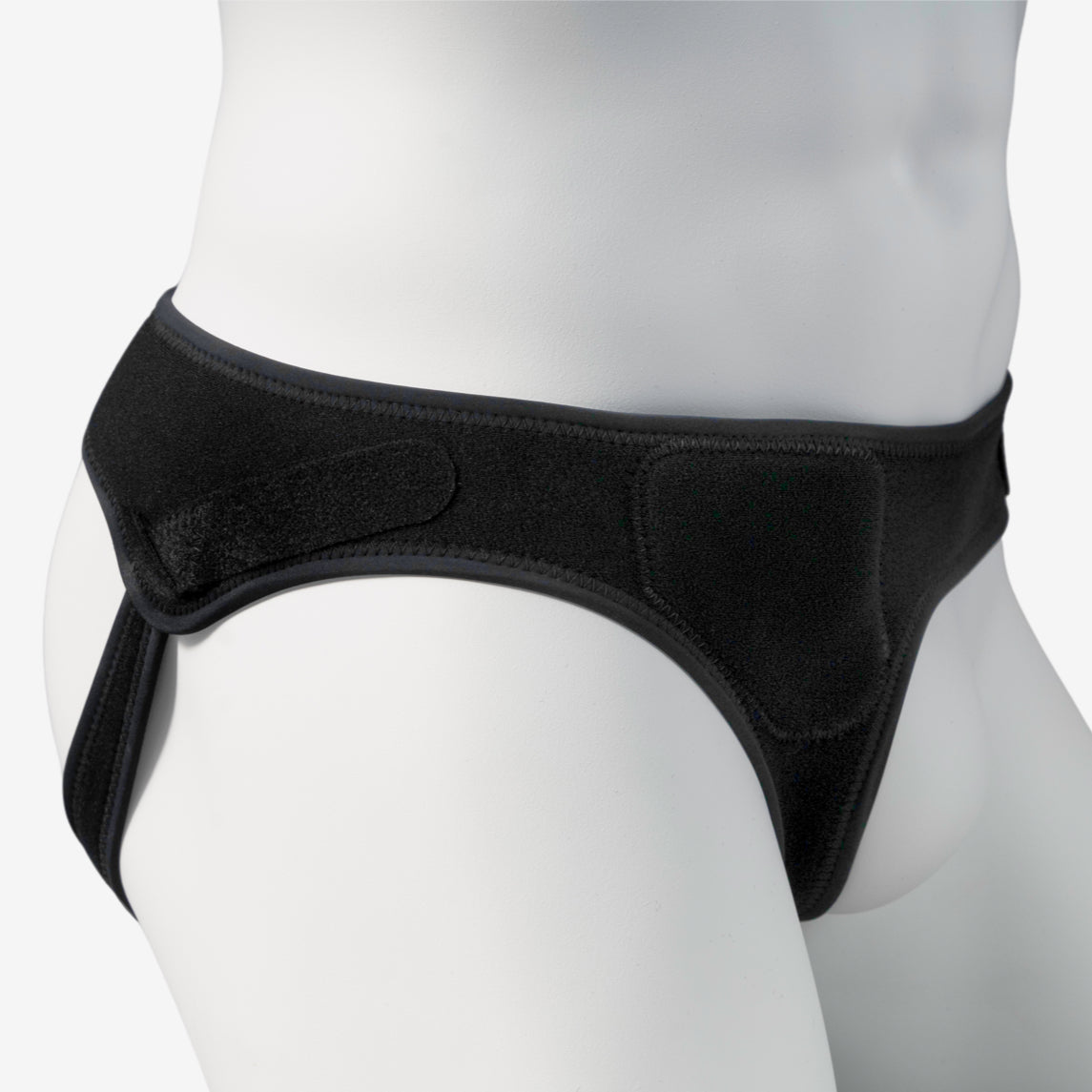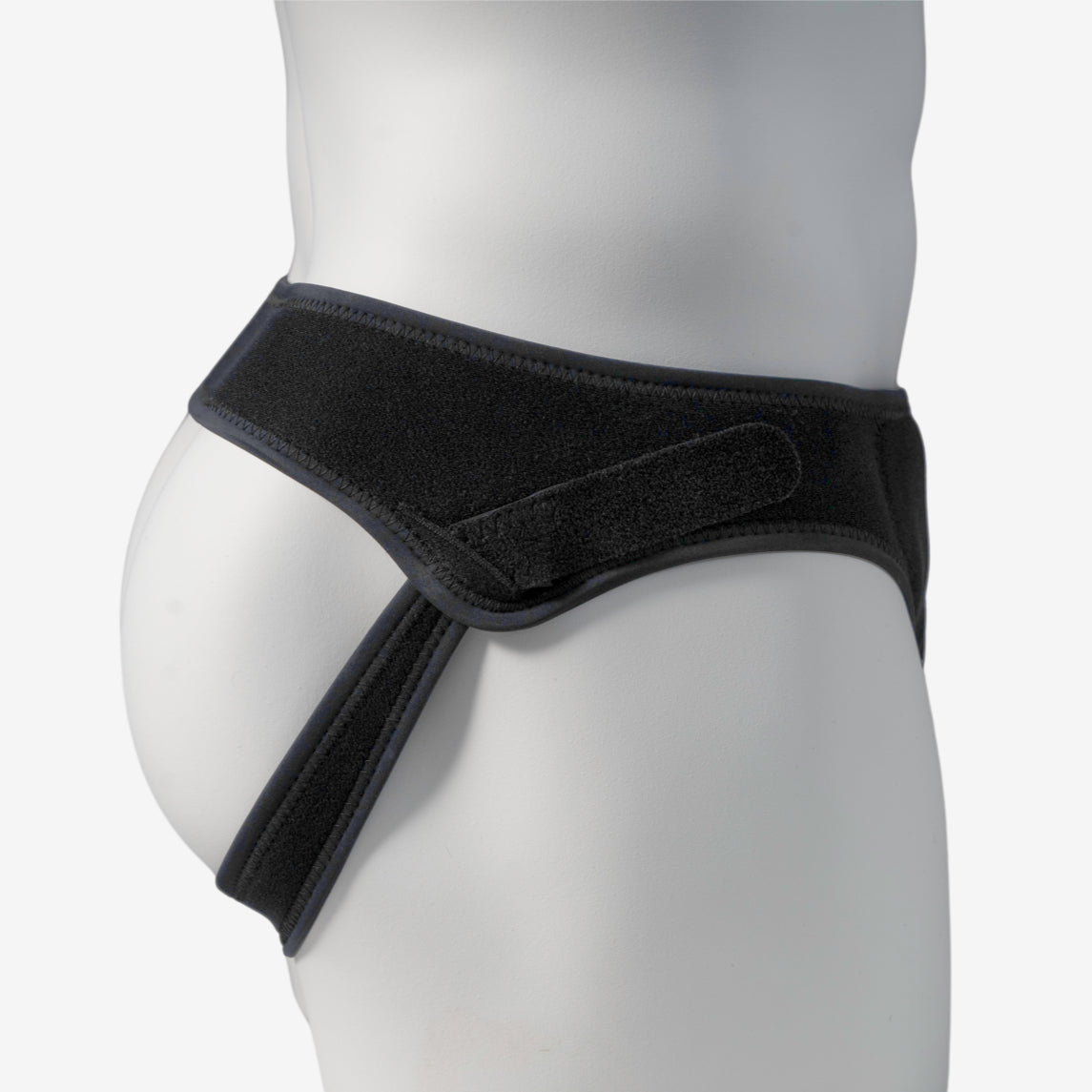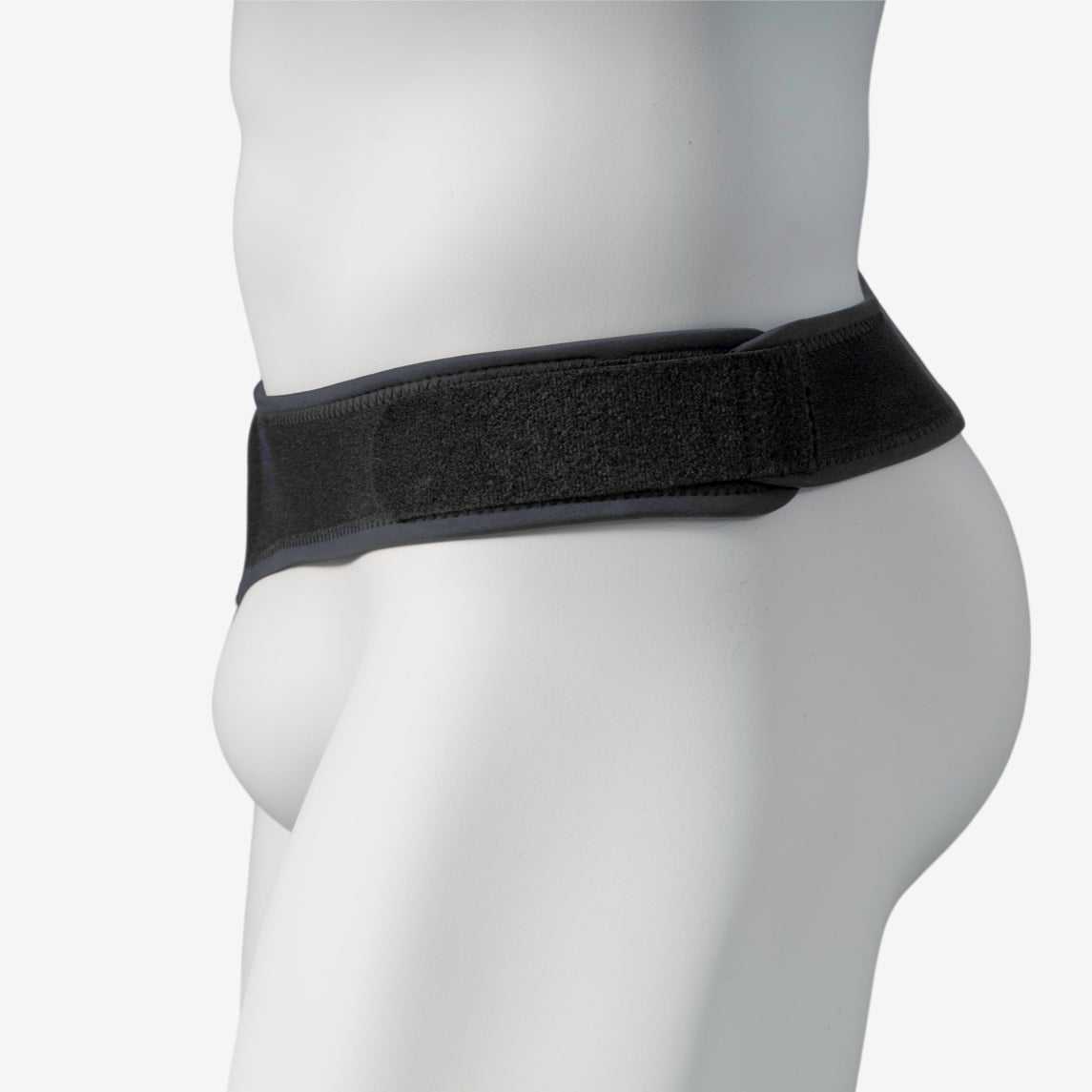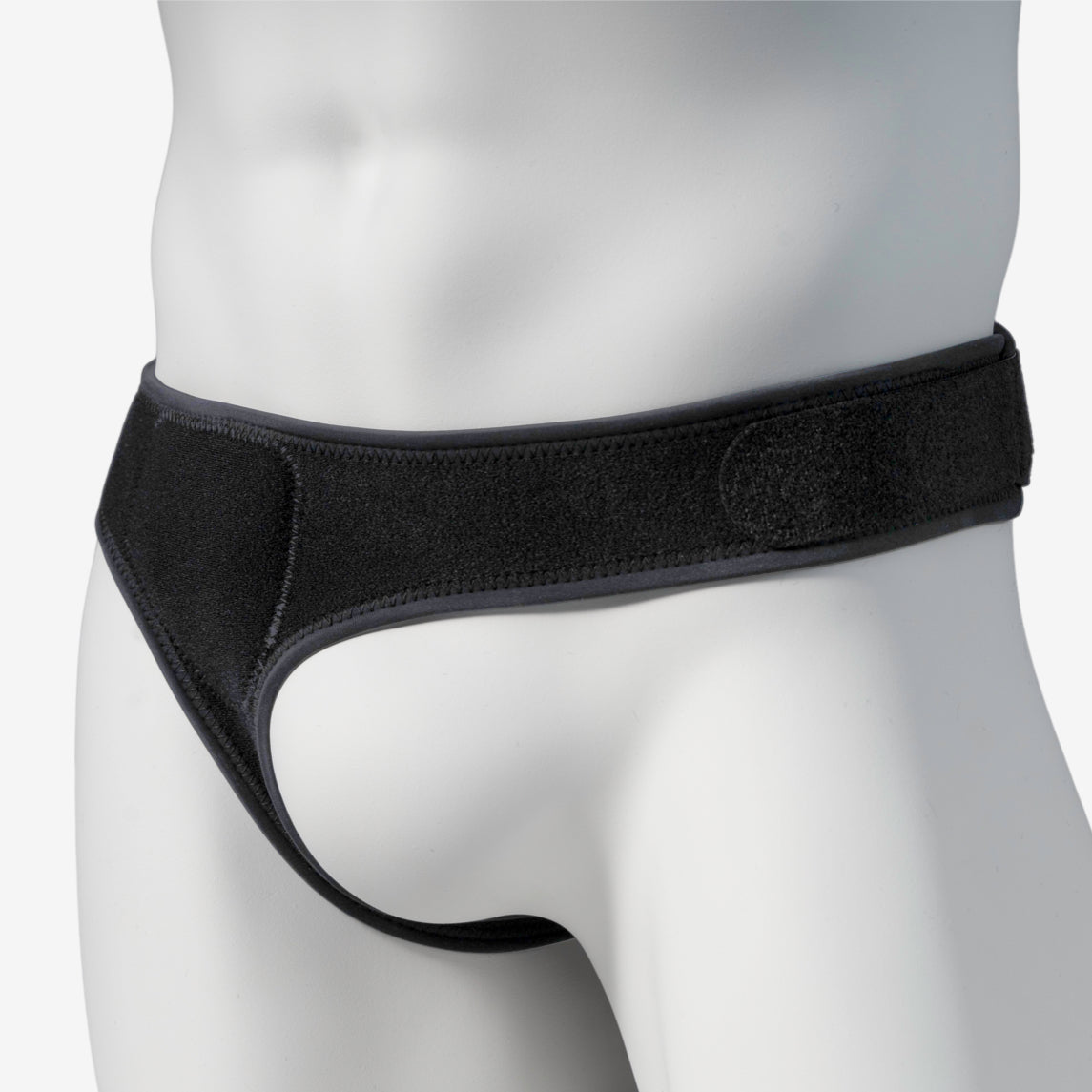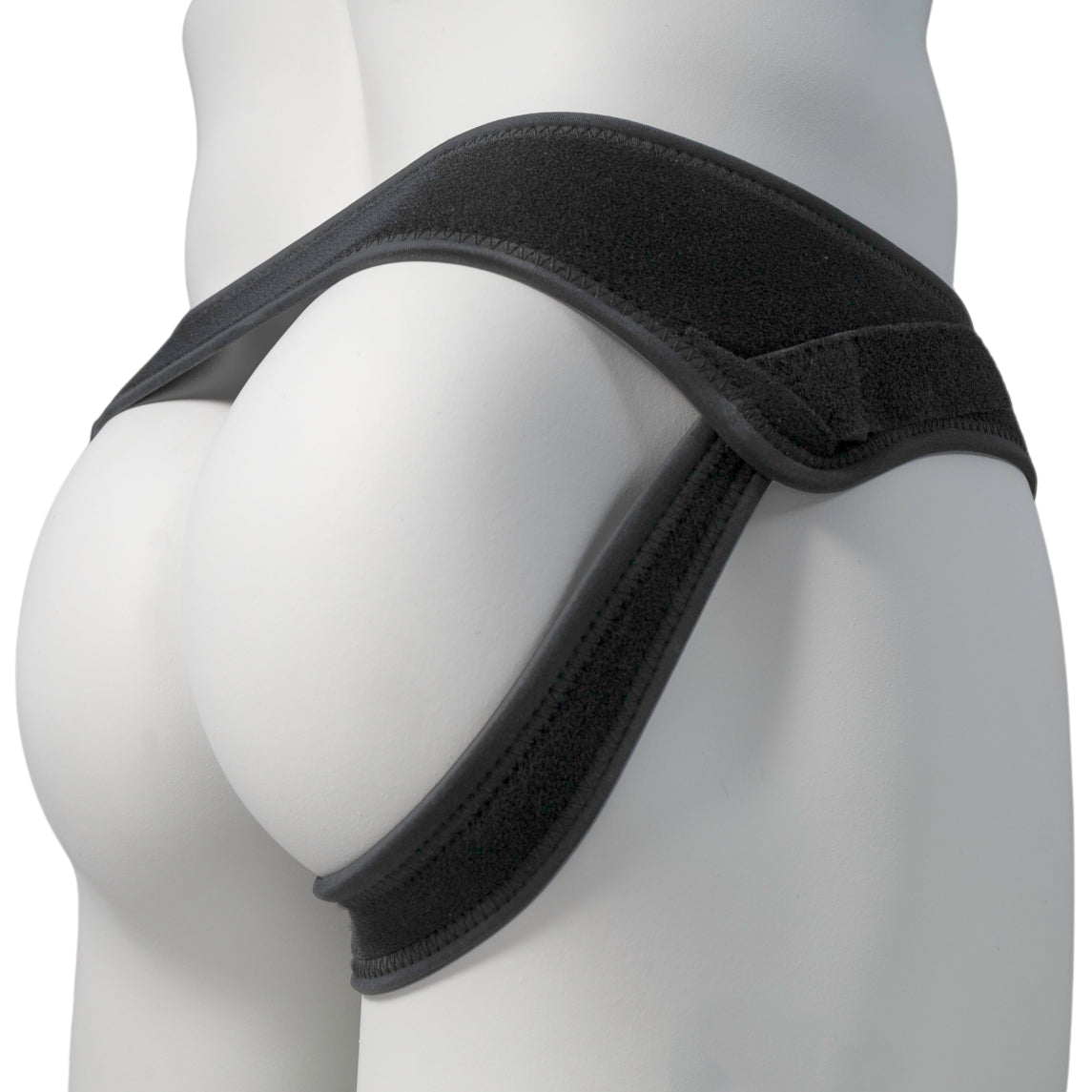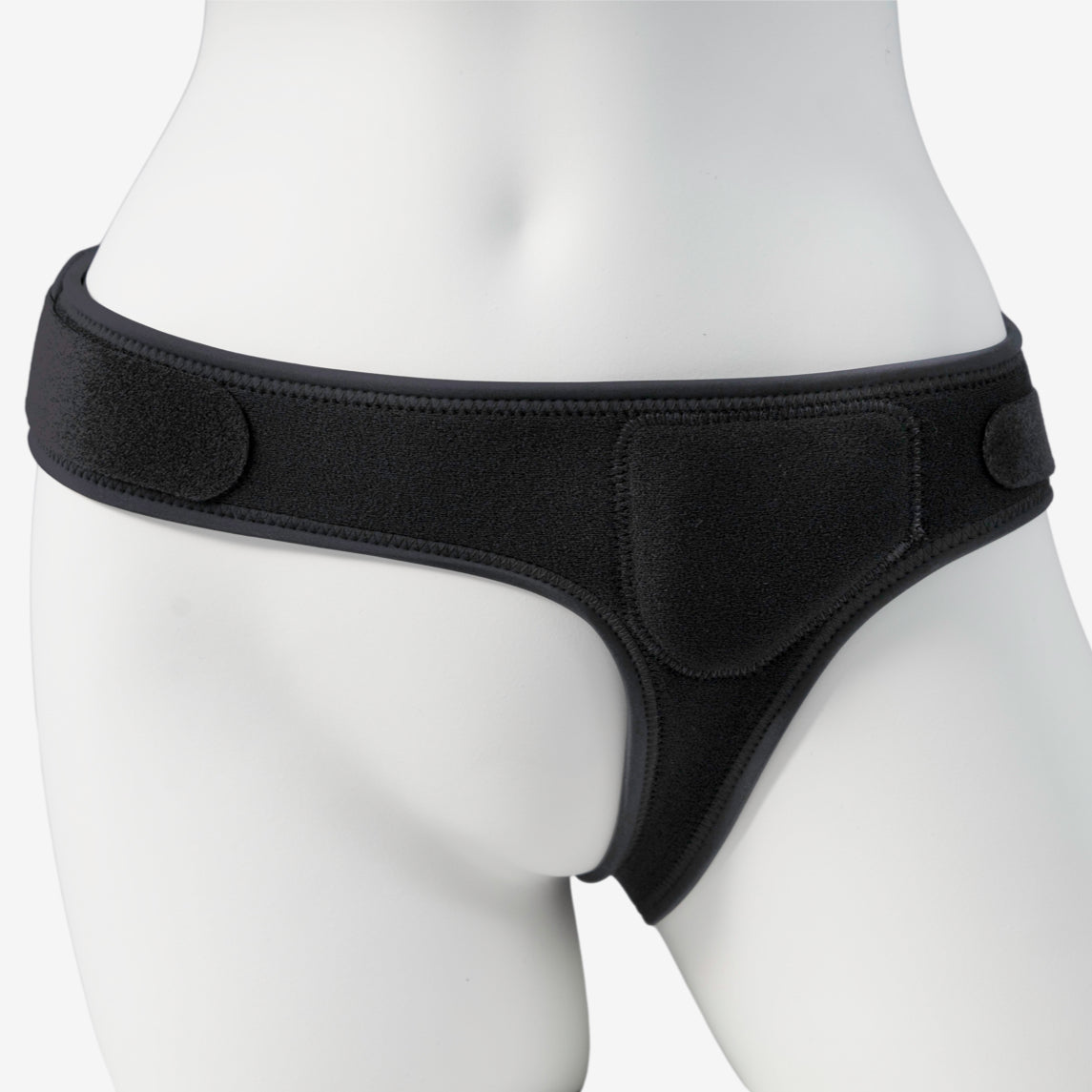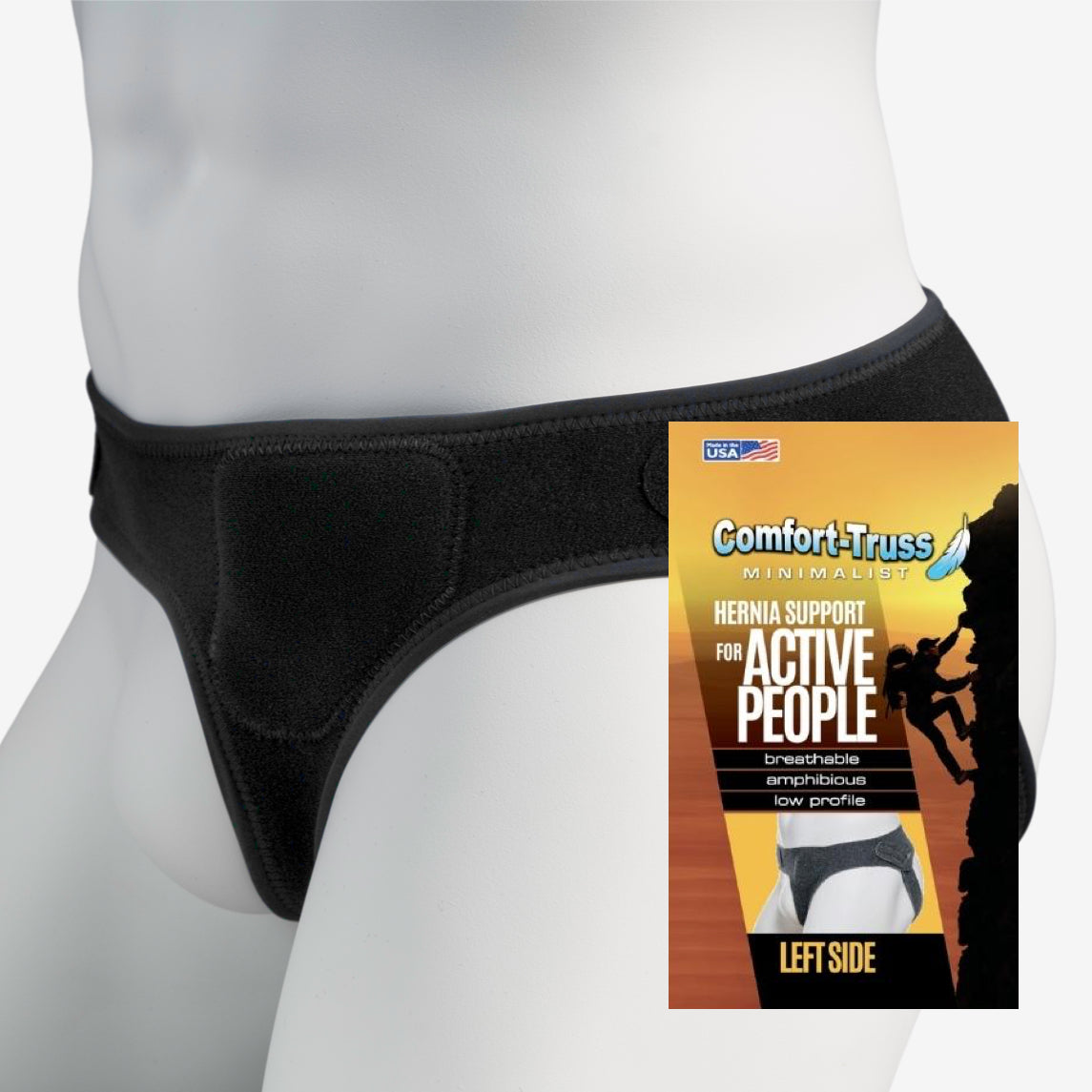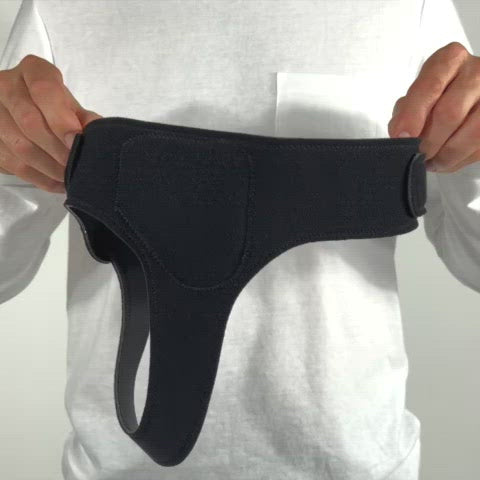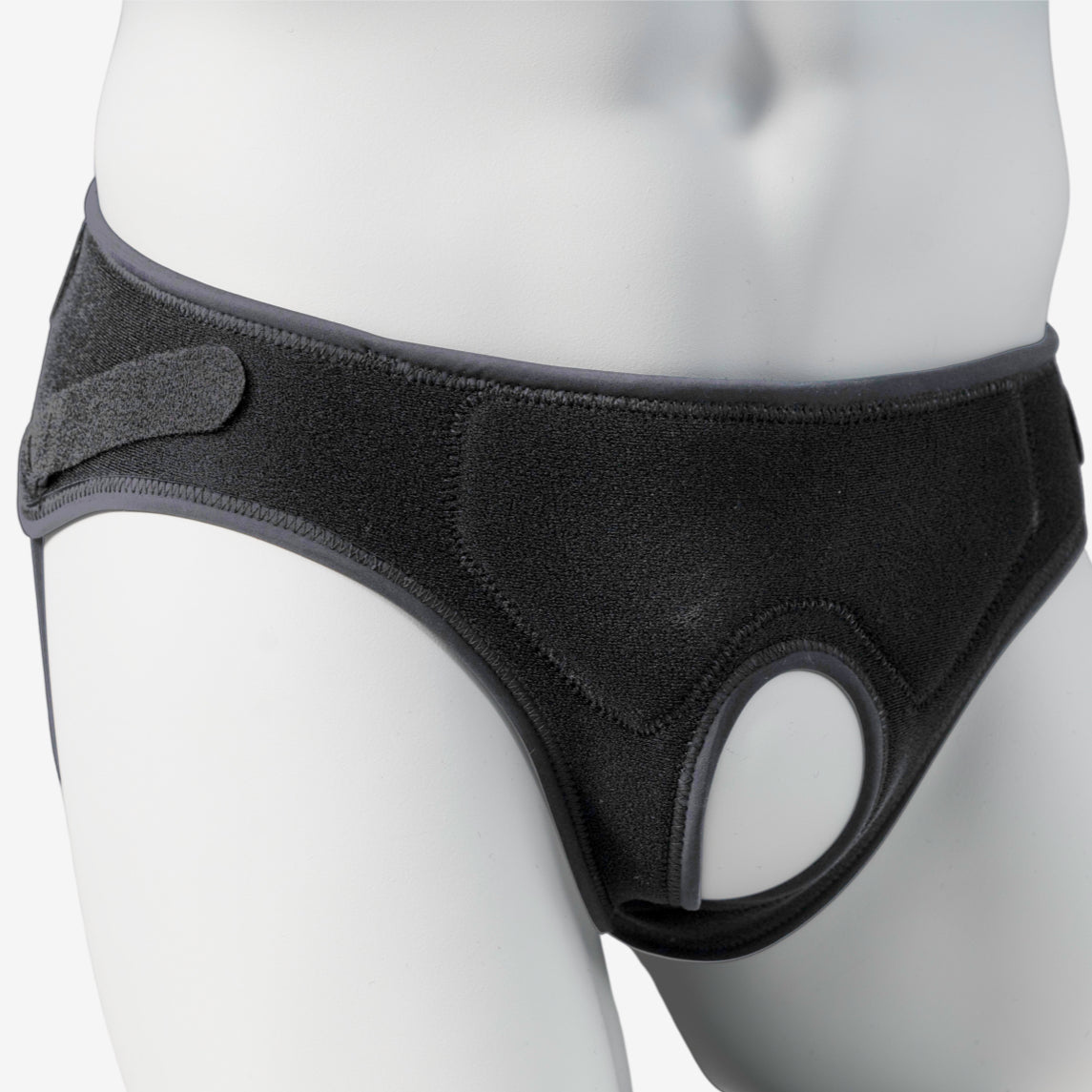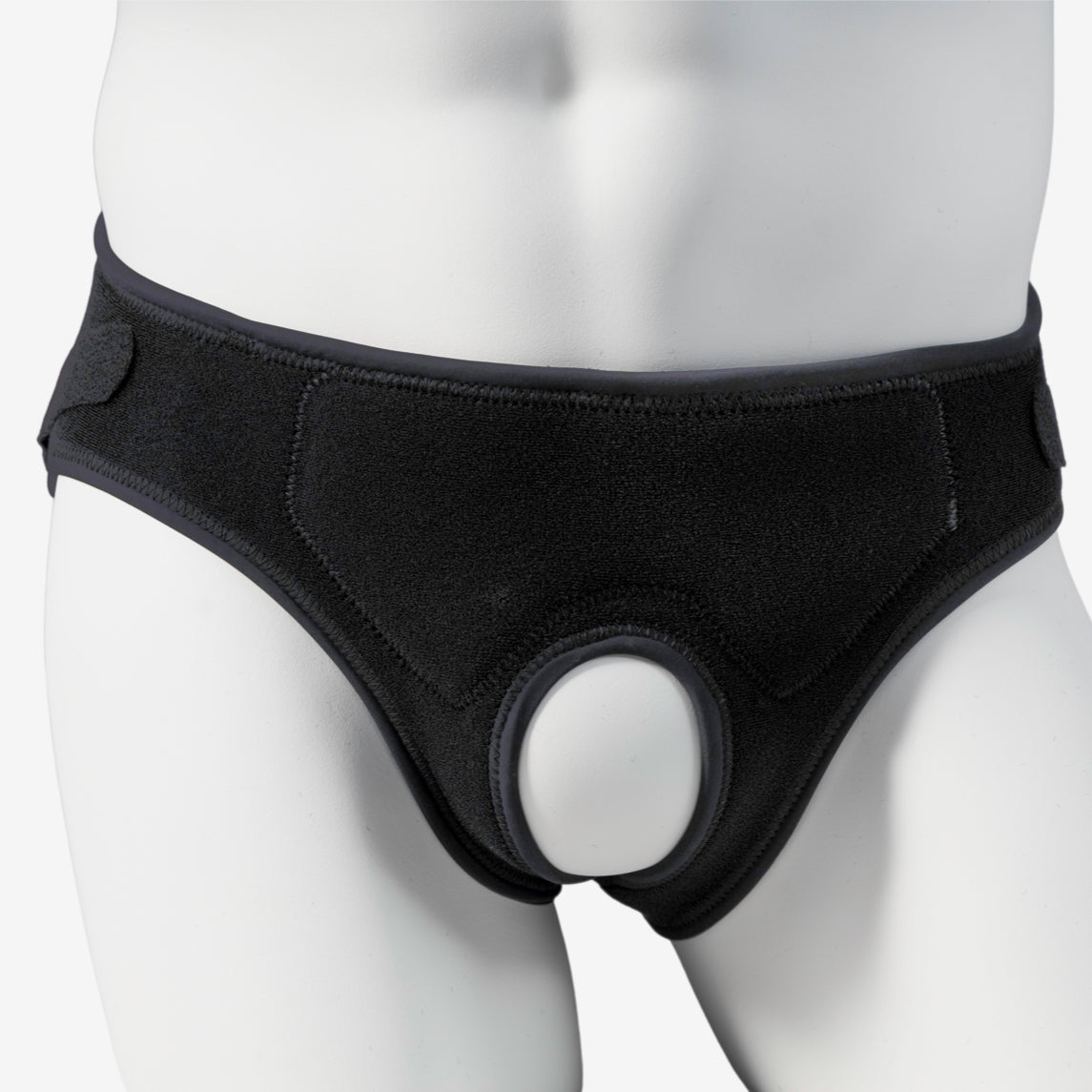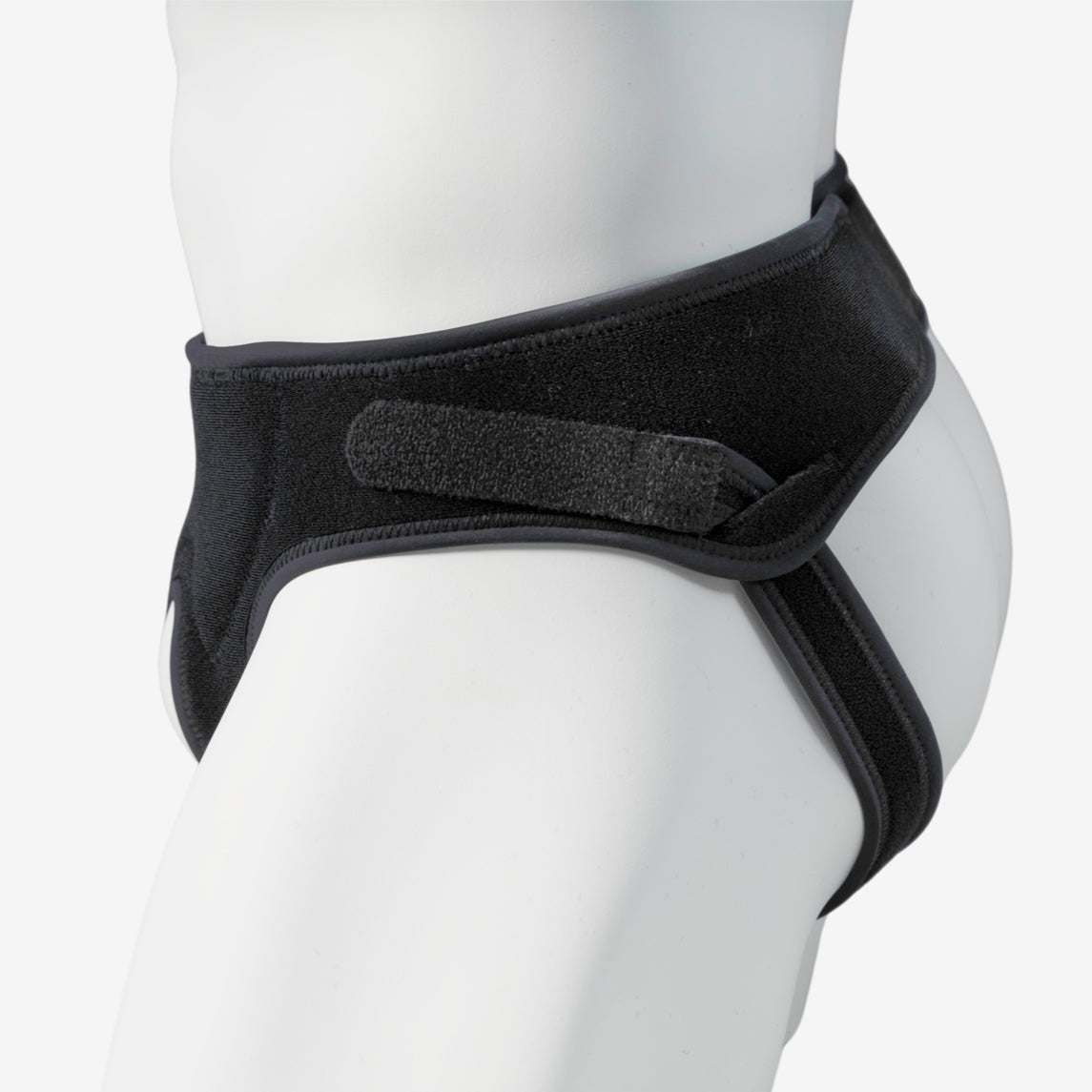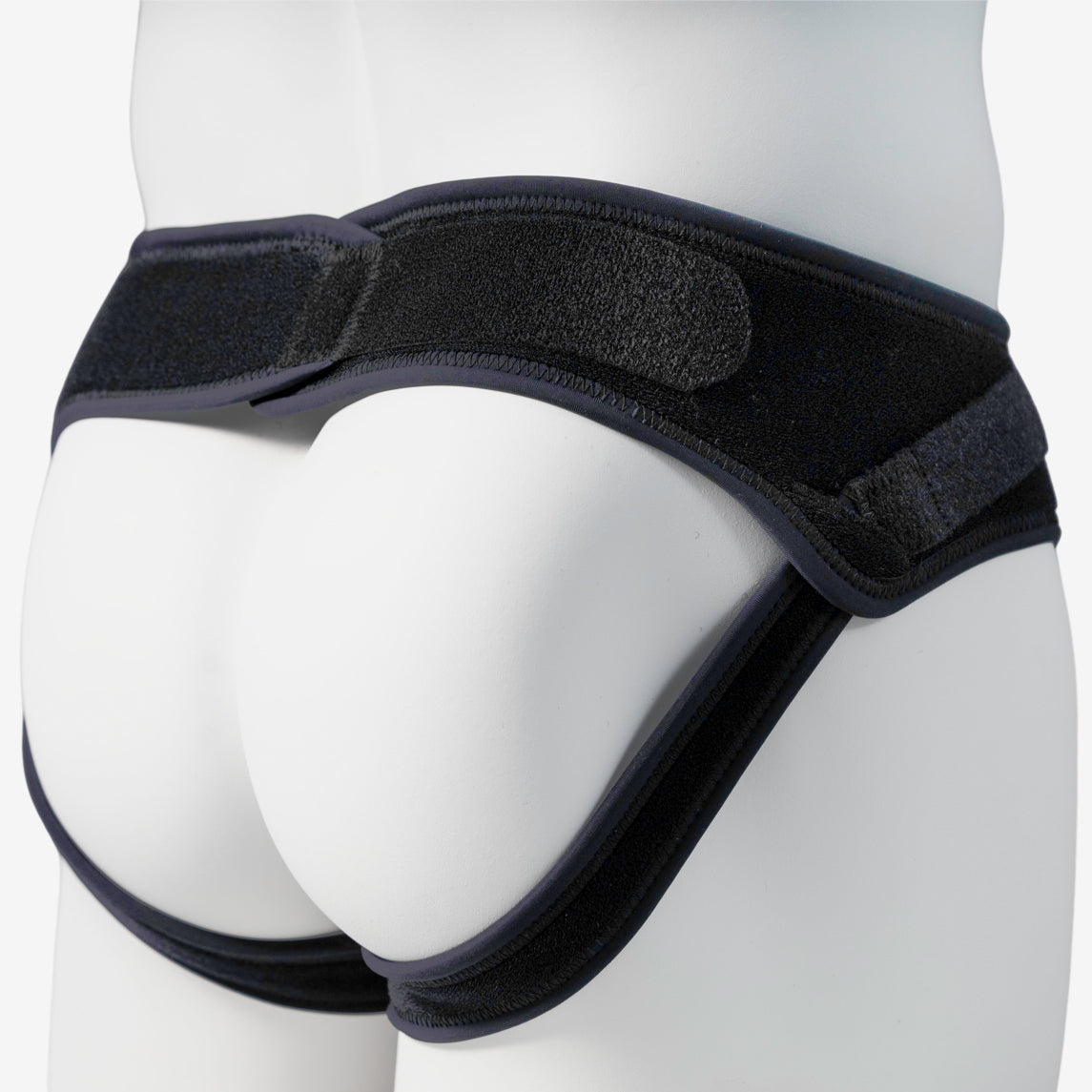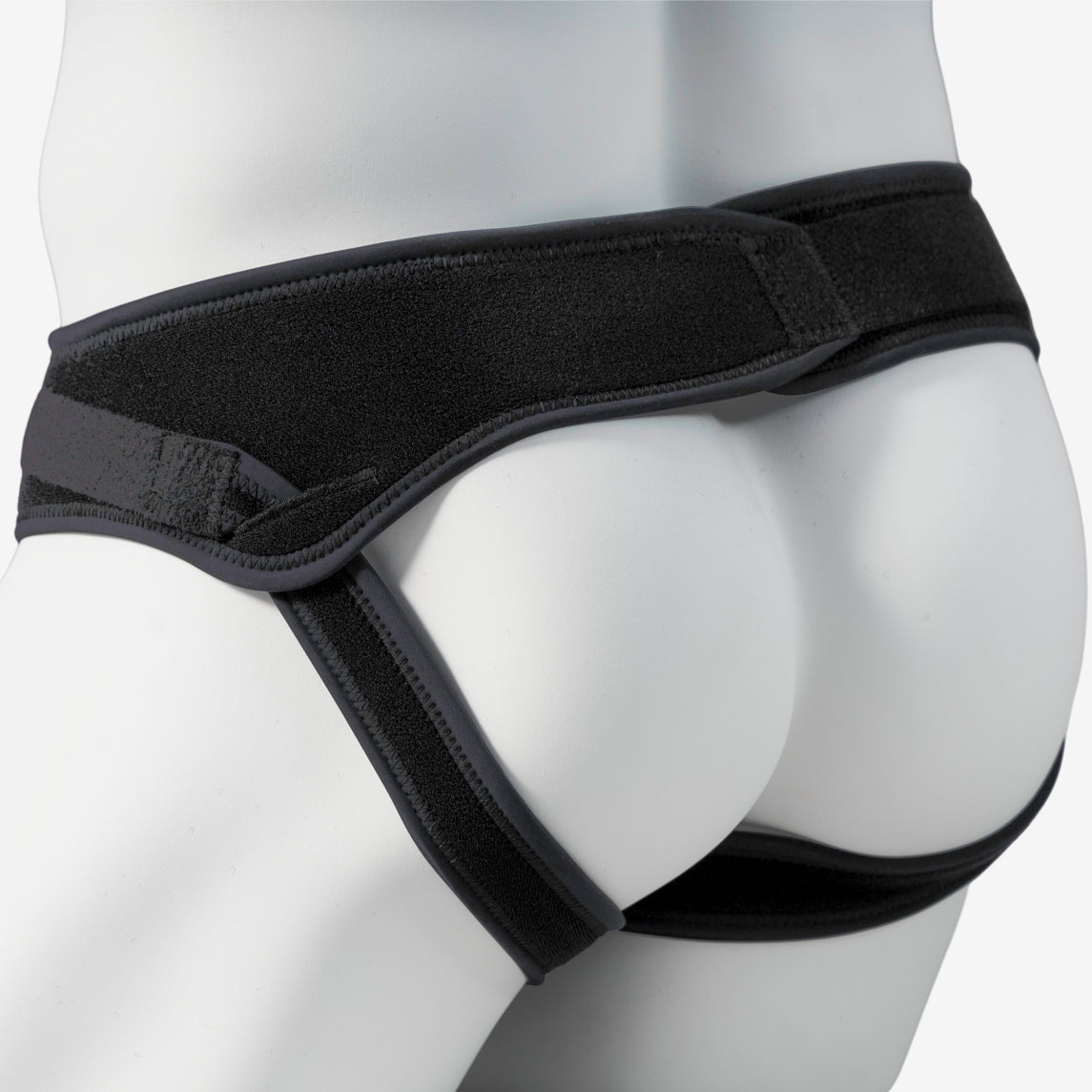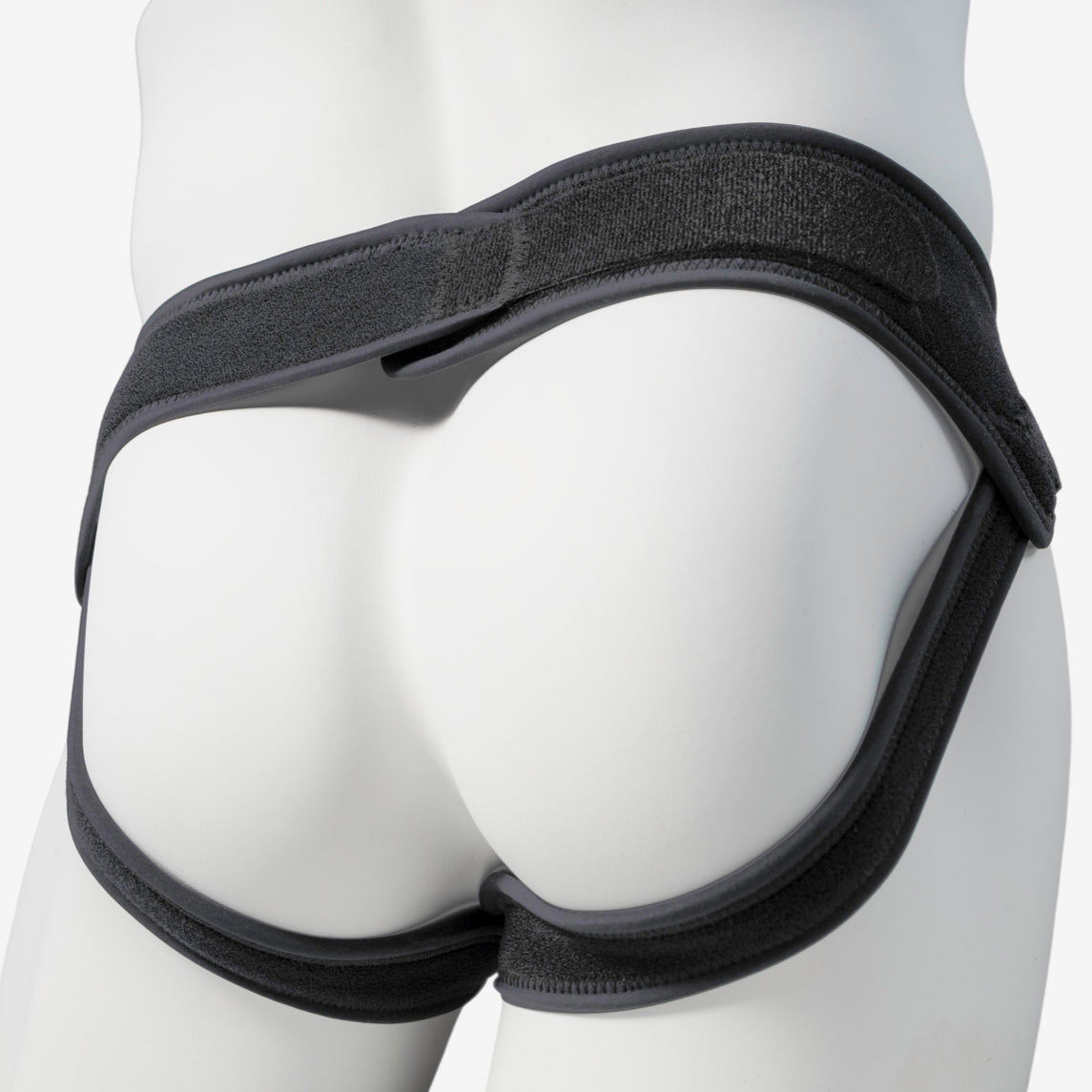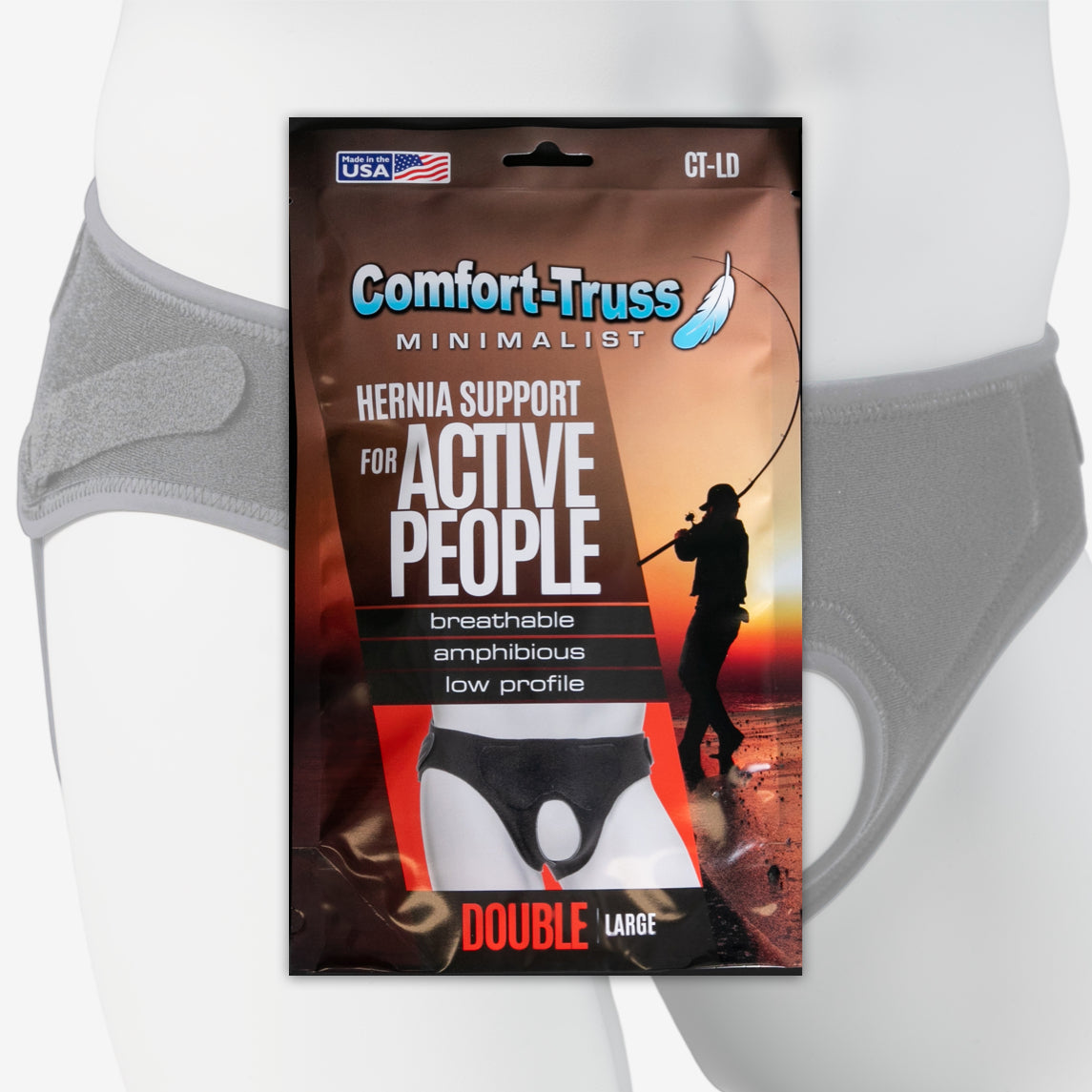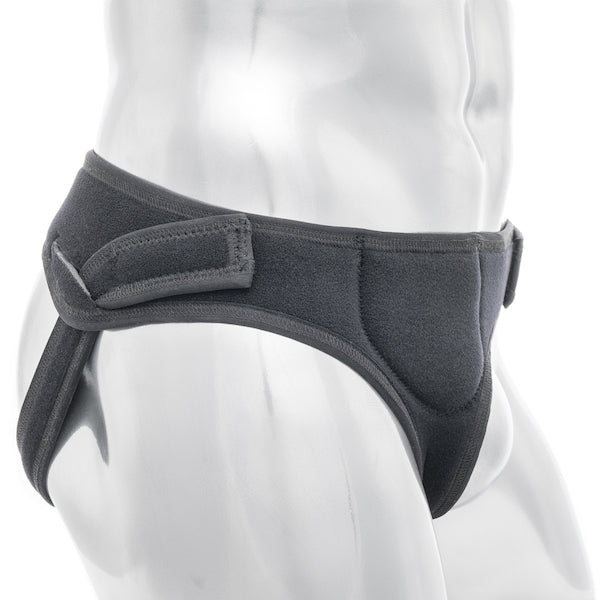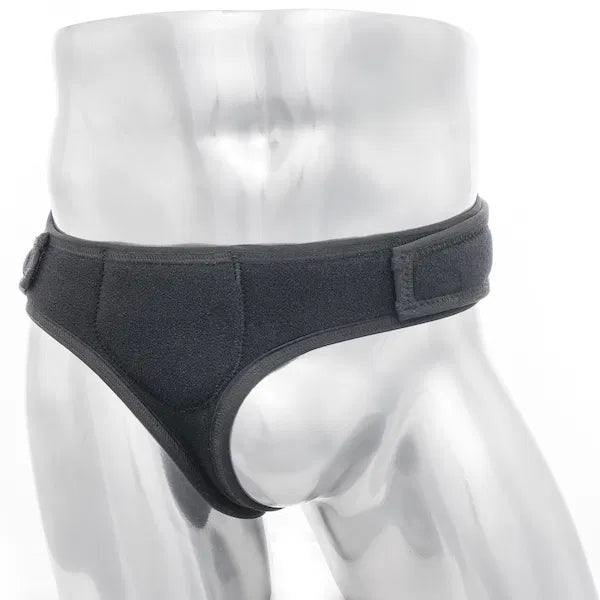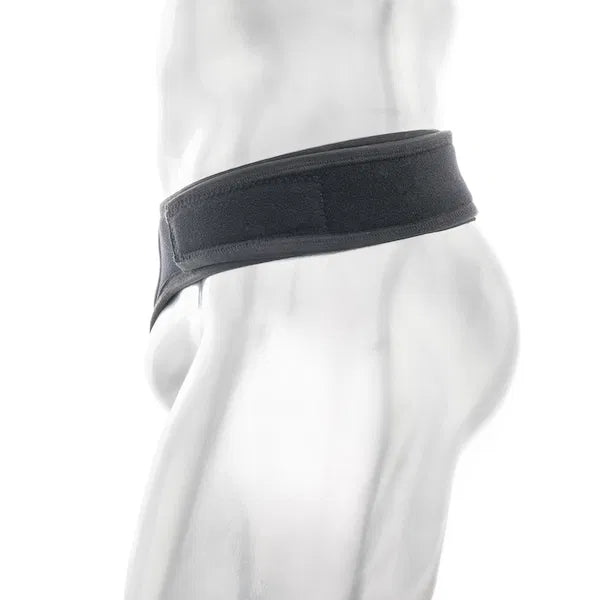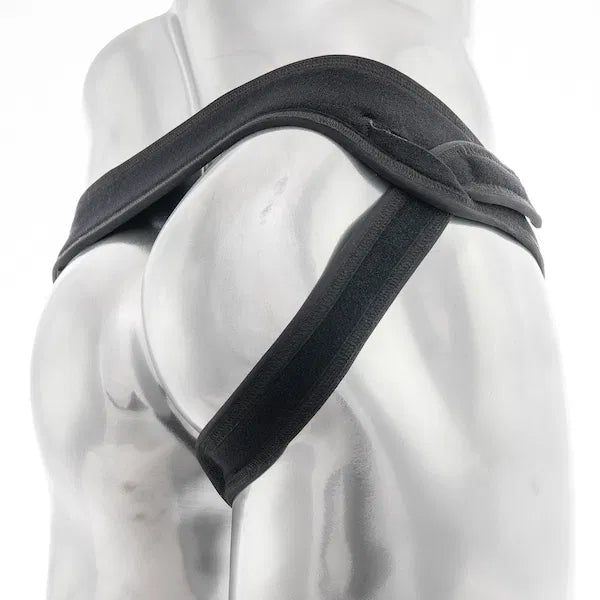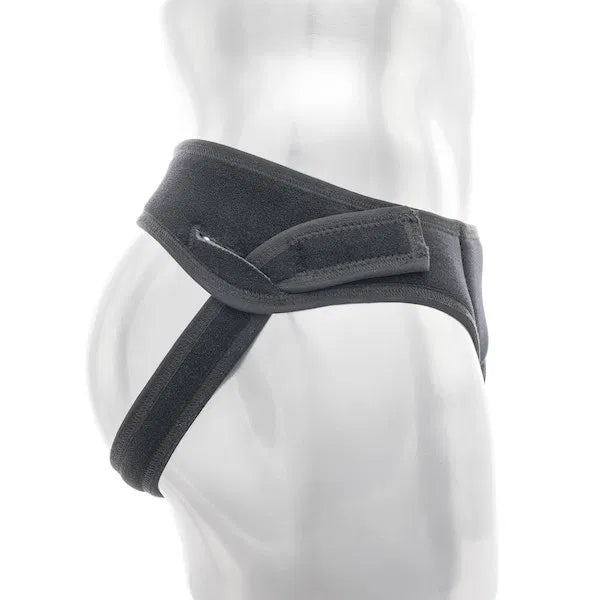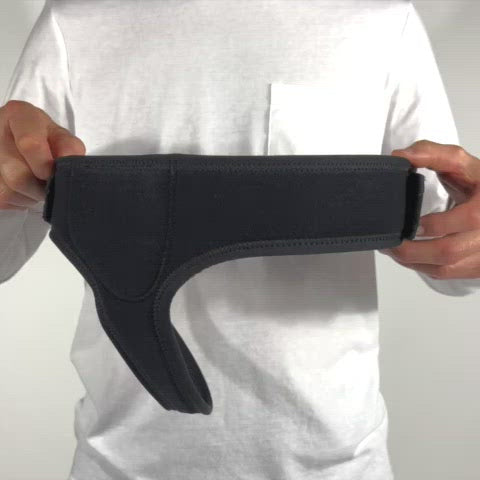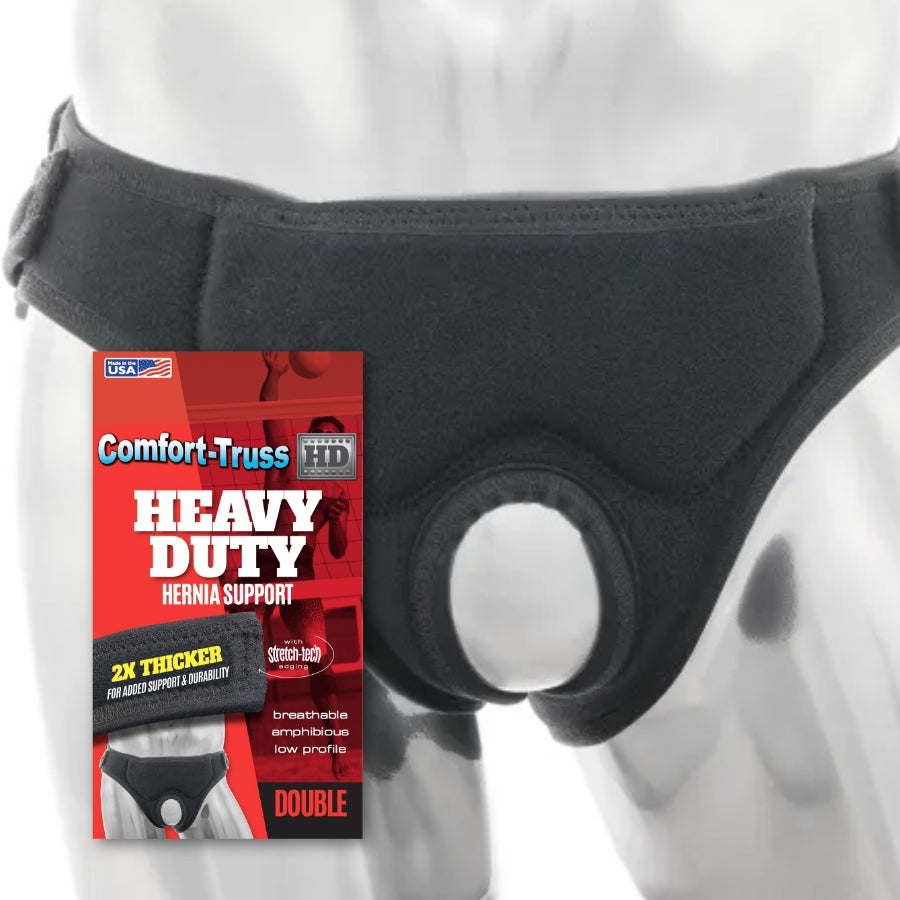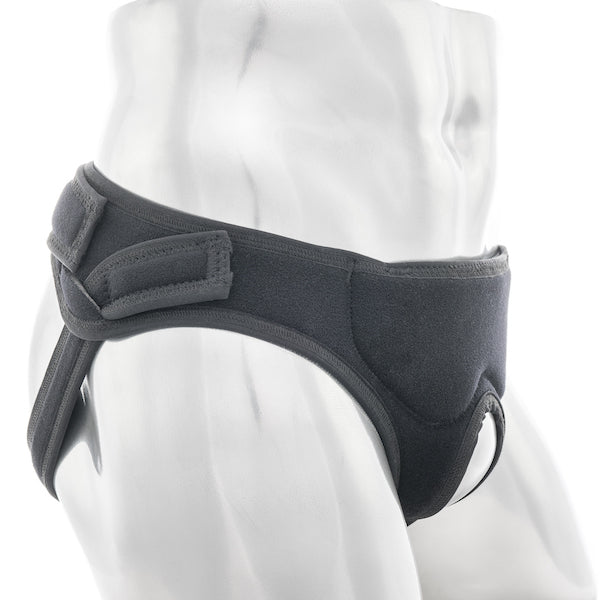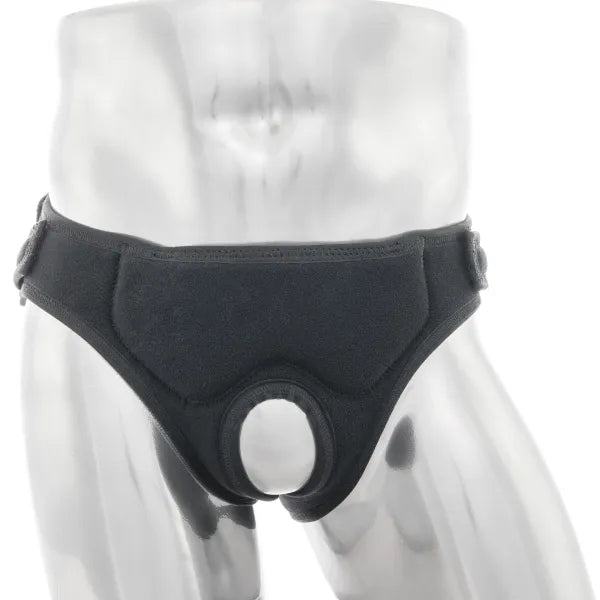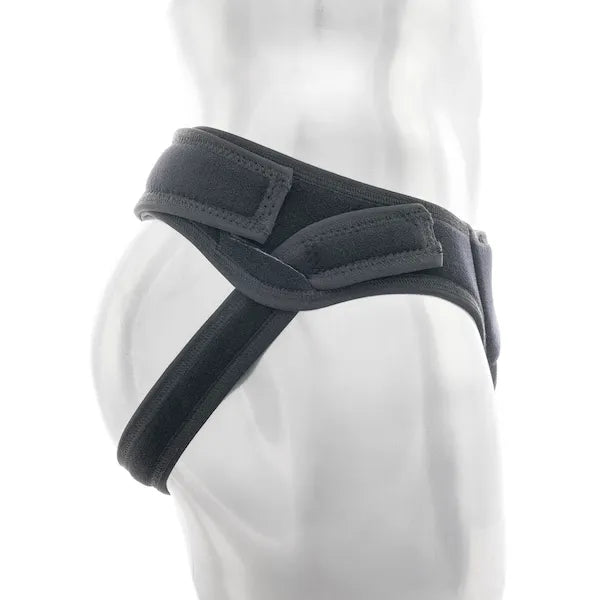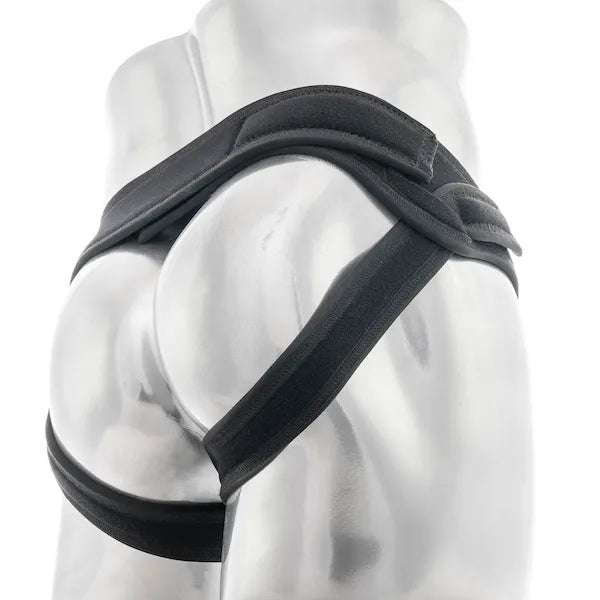3 Inguinal Hernia Exercises for Preventing and Recovering From Inguinal Hernias

Inguinal hernias aren't always dangerous, but they can cause pain. However, there are some exercises for inguinal hernia prevention and recovery that you can try. If you're one of the hundreds of thousands of Americans who develop inguinal hernias each year, inguinal hernia exercises can help.
In this article, we will go over some great exercises to do on a regular basis to help prevent and recover from inguinal hernias. We'll also discuss a few inguinal hernia exercises to avoid for your safety. We'll then look at how using Comfort-Truss hernia support belts and enrolling in a Comfort-Truss proactive approach program can help if you have a hernia or think you may be developing one.
What Is an Inguinal Hernia?
An inguinal hernia develops when an organ or intestine pushes through a hole or weak spot in muscle or connective tissue in the groin. Sometimes a hernia can be visible as an external bulge.
Top 3 Hernia Prevention Exercises
Certain inguinal hernia treatment exercises can actually aid in prevention as well, strengthening your abdominal muscles, reducing your risk of getting an inguinal hernia in the first place and helping you recover following hernia surgery. Three good hernia prevention exercises are detailed below.
1. Side Lunge Groin Stretch
This inguinal hernia exercise is a great stretching and strengthening combo targeting the groin. Start cautiously using a small range of motion to make sure your groin can handle this move before progressing. To do a side lunge groin stretch, complete the following steps:
- While standing, lift your leg straight to the side, keeping your knee straight.
- Shift your weight to the opposite leg with that knee bent.
- Keep your butt back and move into a sideways lunge position.
- Hold this position for 1 to 3 seconds.
- Lower your leg to the ground.
- Complete 10-15 repetitions on each leg per set, and do 2 or 3 sets on each leg.
2. Pawanmuktasana Yoga Poses
Pawanmuktasana is known to release gas and aid in digestion. However, this yoga exercise also strengthens abdominal muscles, compresses your inguinal canal and reduces overall abdominal pressures — making it one of the best exercises for inguinal hernia prevention.
To do pawanmuktasana, you will:
- Get a yoga mat or similar cushion.
- Lie with your back against the mat and your feet together, resting your hands at your sides.
- Exhale, bend your right leg and raise it to your abdomen.
- Pull your knee or shin to your chest using both hands.
- Hold your leg tightly against your chest by wrapping your forearms below the knee. Be sure to keep your head and neck on the floor and your left leg completely straight.
- Maintain this position for 6 seconds.
- Release and carefully return your body to the starting position.
- Do the same steps again with your other leg.
3. Button Pulls
This exercise for inguinal hernias is best done on a soft area, like your mattress or a yoga mat. Known to strengthen core abdominal muscles for hernia prevention, the steps for button pulls are as follows:
- While lying flat on your back, bend your knees and plant your feet, keeping your hands at your hips.
- Breathe deeply through your nose.
- Exhale and point your belly button inward, pulling in the direction of your back
- Stay in this position for about 3-5 seconds.
- Take a normal breath and calm yourself.
- Repeat.

What Exercises Can I Do With An Inguinal Hernia?
You may wonder if exercising with a hernia is OK. Besides the exercises listed above to help prevent and recover from a hernia, other types of physical activity are beneficial if your doctor says exercising with an inguinal hernia is permitted. Try these exercises:
- Swimming
- Walking
- Gentle yoga
- Cycling
- Light jogging
Exercises to Avoid If You Have an Inguinal Hernia
If you have an inguinal hernia, exercises to avoid include:
- Weightlifting exercises or anything requiring heavy exertion.
- Movements that lengthen and over-stretch your abdominal wall, like some yoga poses.
- Core exercises, like sit-ups, crunches or planks.
- High-impact physical activities and contact sports.
George Hirst, the founder of Comfort-Truss, was able to manage his hernia without surgery. Using a hernia belt he devised for himself, and by making certain lifestyle changes, he was able to reduce his hernia to the point where he is now asymptomatic. You can learn the techniques George used to deal with his hernia and see how they can help you. The Proactive Approach to Hernia Intervention has everything you need to head down the right path to managing your hernia.





